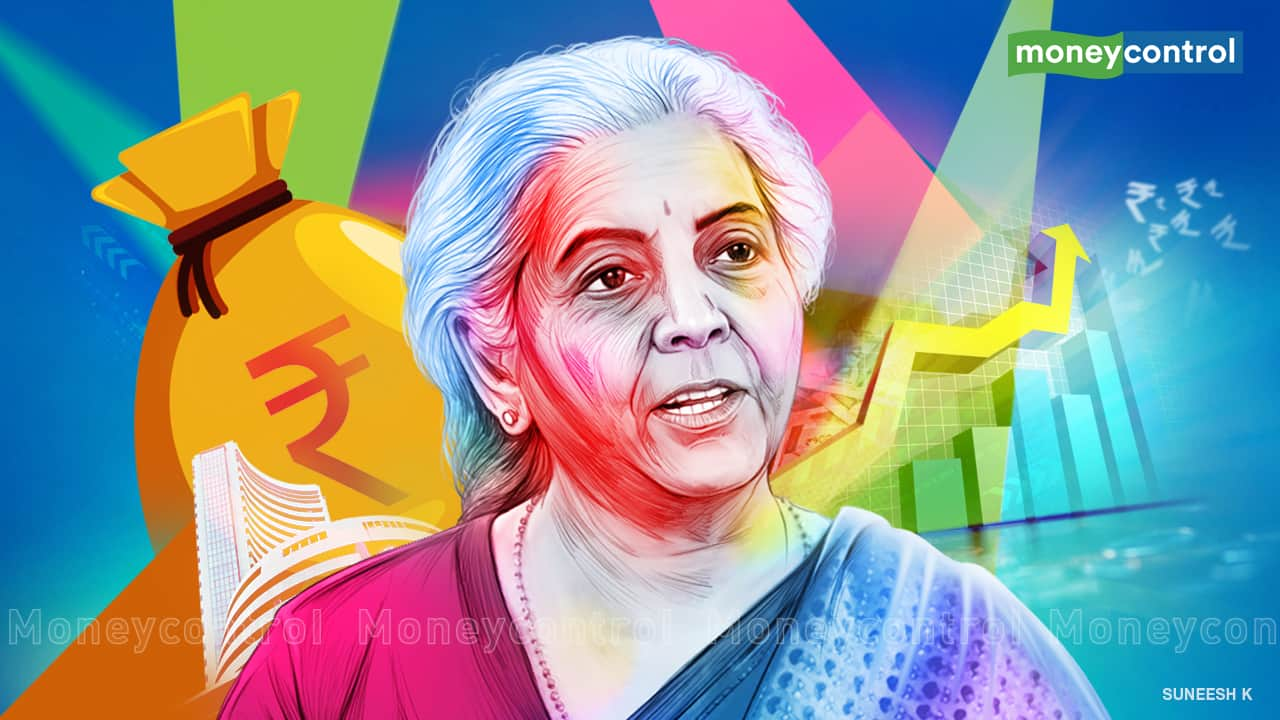 |
|
Nirmala Sitharaman Returns as India's Finance Minister
Nirmala Sitharaman has been reappointed as India's finance minister in Prime Minister Narendra Modi's third term. This marks the third time Sitharaman has held the position, having previously served as commerce and defence minister. Her return to the finance ministry signals policy continuity and is widely seen as a sign of Modi's confidence in her abilities.
During her previous tenure as finance minister, Sitharaman oversaw the Indian economy during the COVID-19 pandemic and is credited with guiding the country towards becoming the fastest growing major economy at a time of global recession. She has also been instrumental in implementing key economic reforms, such as the Goods and Services Tax (GST).
Sitharaman's reappointment comes at a crucial time for the Indian economy. The country is facing challenges such as rising inflation, a widening trade deficit, and a slowdown in rural growth. In her upcoming budget, Sitharaman is expected to strike a balance between continued fiscal consolidation and addressing these challenges. She will also need to find ways to boost consumption and investment, while keeping the fiscal deficit under control.
Sitharaman is a seasoned politician and economist. She has a deep understanding of the Indian economy and has a proven track record of implementing key reforms. Her reappointment as finance minister is a positive sign for the Indian economy and is likely to be welcomed by investors and businesses alike.
Challenges Facing the Indian Economy
The Indian economy is facing a number of challenges, including rising inflation, a widening trade deficit, and a slowdown in rural growth. Inflation has been rising in recent months due to a combination of factors, including the war in Ukraine, supply chain disruptions, and rising commodity prices.
The trade deficit has also been widening, as imports have outpaced exports. This is partly due to the rising cost of oil and other commodities. The slowdown in rural growth is a concern as it could lead to a decline in demand for goods and services.
Sitharaman's Policy Agenda
In her upcoming budget, Sitharaman is expected to focus on a number of key issues, including fiscal consolidation, boosting consumption and investment, and addressing the challenges facing the rural economy.
Fiscal consolidation will remain a key priority, as the government seeks to reduce the fiscal deficit. Sitharaman is likely to announce measures to increase revenue and reduce expenditure.
Boosting consumption and investment will also be a key focus of the budget. The government is likely to announce measures to increase consumer spending and encourage investment in infrastructure and manufacturing.
Addressing the challenges facing the rural economy will also be a priority. The government is likely to announce measures to increase agricultural productivity and improve access to credit for farmers.
Conclusion
The Indian economy is facing a number of challenges, but it also has a number of opportunities. With its large and skilled workforce, and its strong economic growth potential, India is well-positioned to become a leading global economy. Sitharaman's reappointment as finance minister is a positive sign for the Indian economy and is likely to be welcomed by investors and businesses alike.
Sitharaman is a seasoned politician and economist. She has a deep understanding of the Indian economy and has a proven track record of implementing key reforms. Her reappointment as finance minister is a positive sign for the Indian economy and is likely to be welcomed by investors and businesses alike.
Source: Modi 3.0: Nirmala Sitharaman returns as India's finance minister
